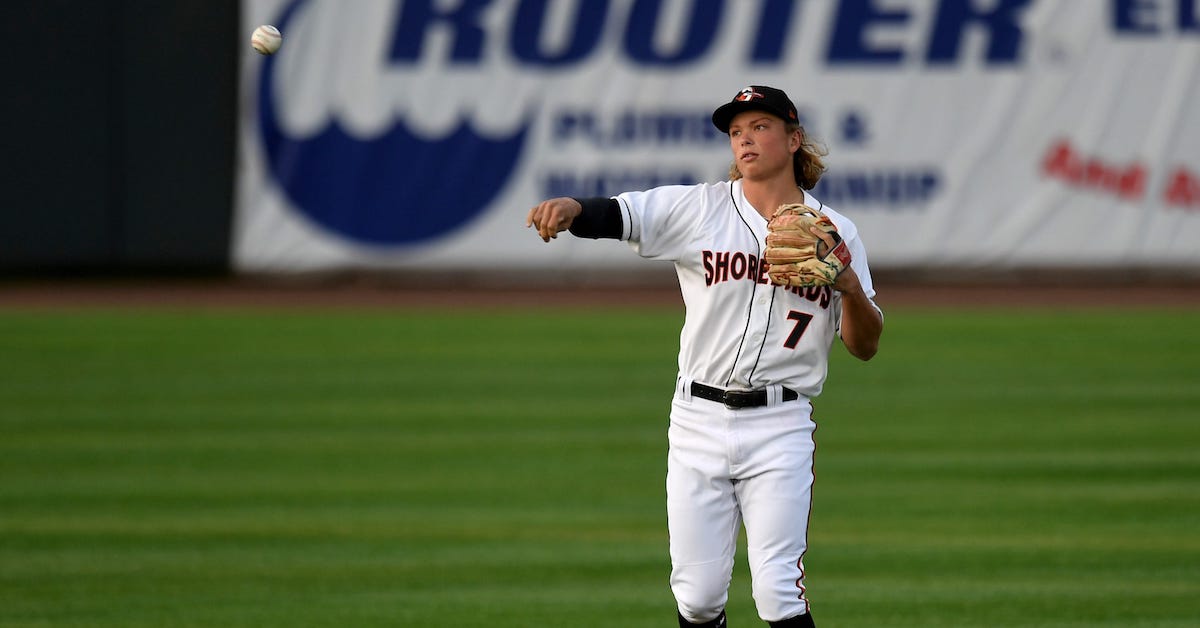Let’s Watch Some Shortstop Prospects Play Defense

With Instructional League underway in Arizona (casts look of disappointment toward Florida) and Fall League rosters likely about two weeks out, the time has come to line the coffers with data and re-worked scouting reports in preparation for another round of farm system audits. Especially at the up-the-middle positions, defense is both very important and also a bit of a black box for readers, as there aren’t many publicly available minor league defensive stats and so much of evaluating defense is visual. I’ve recently been working on a video deep dive on the position players currently graded as 50 FV prospects or better, specifically to evaluate their defense in detail. Here I’ve taken a pass at the shortstops, providing video supplements for the prospects who I’ve evaluated in the 55 FV tier and above. I’ve made changes to their defense and arm tool grades over on The Board as a result of this exercise, and highlight the instances where this has caused a change to the player’s overall FV grade in the analysis below.
I’ve cut the videos in such a way that you can see each shortstop making similar plays one right after another. The videos feature plays to their left where I want to see them flip their hips and throw, plays that show the extreme end of their range, backhand plays in the hole to their right, plays coming in on the grass, and double play attempts. The fewest balls in play I watched for an individual player was 36 (Colson Montgomery and Dyan Jorge) and the most was closer to 70 (Jackson Holliday, Carson Williams and Marcelo Mayer). Read the rest of this entry »
